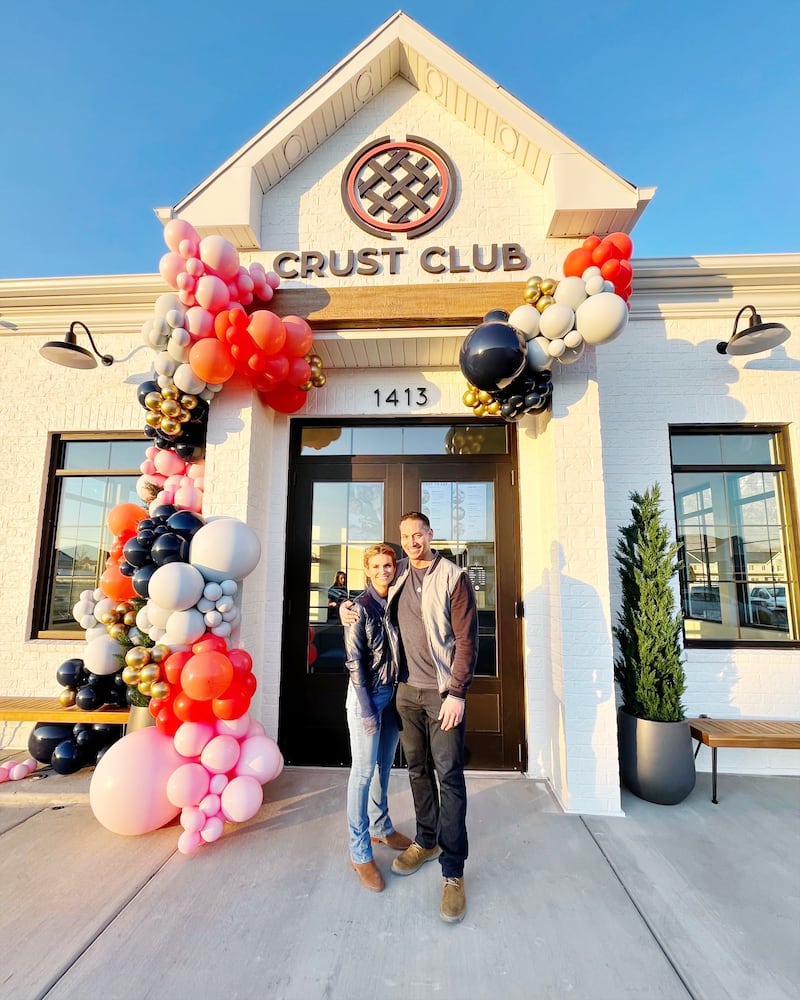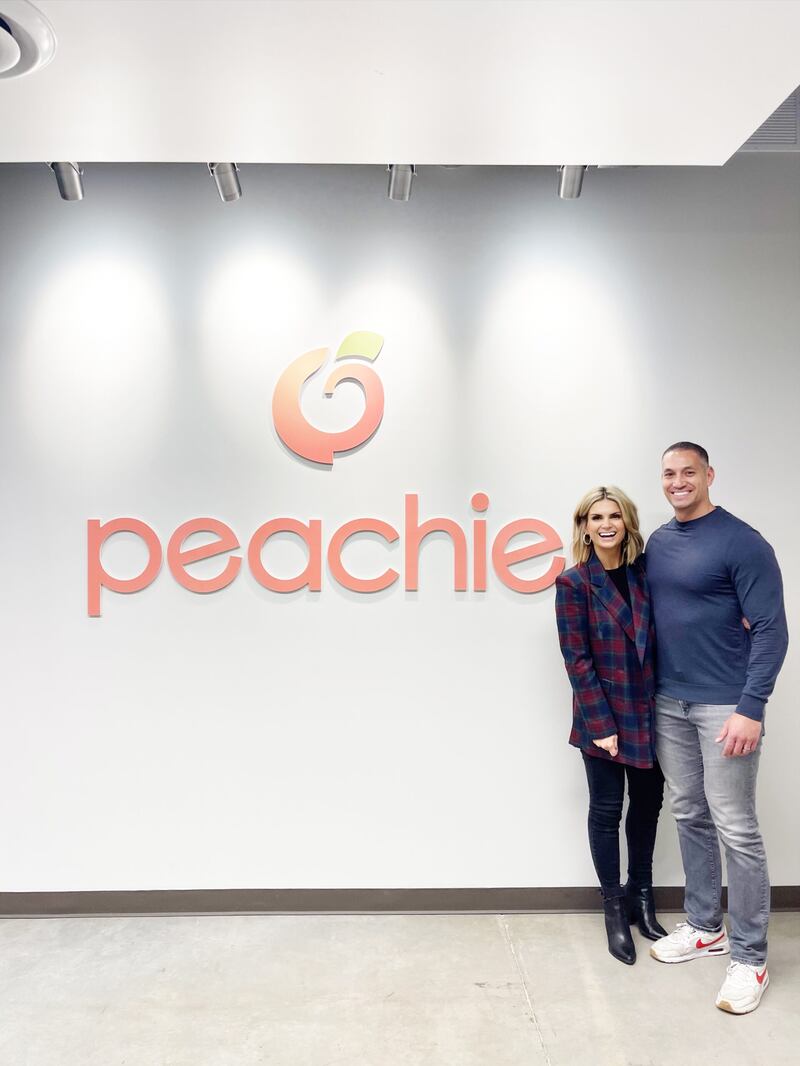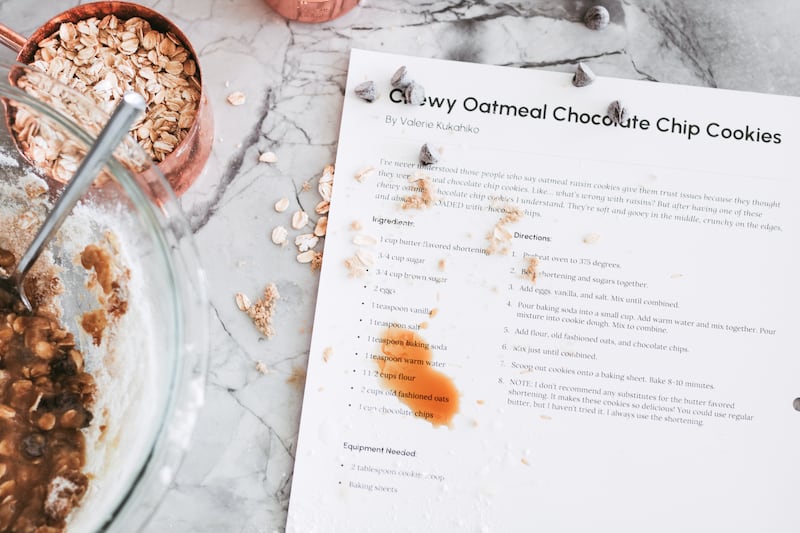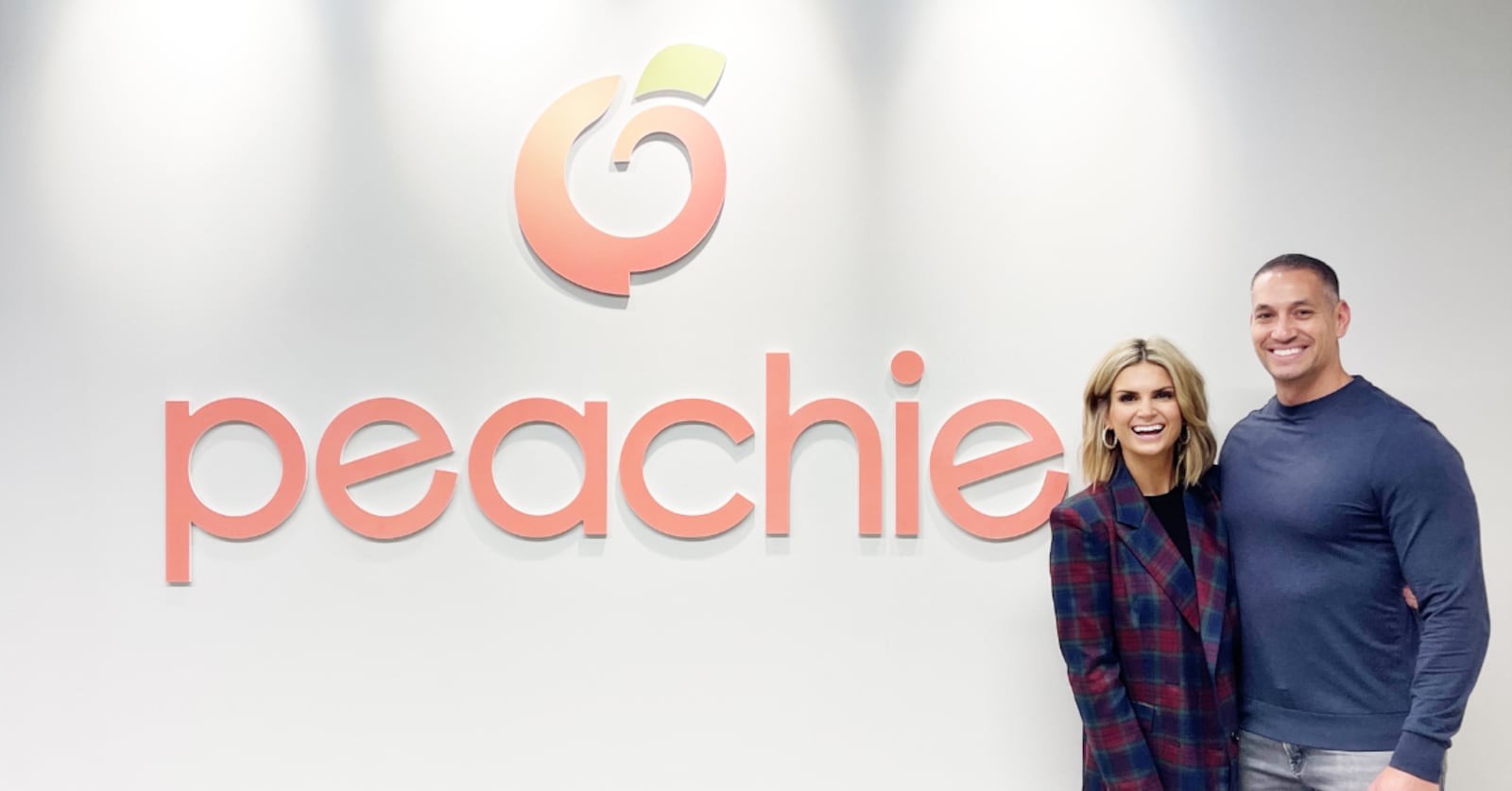
This story appears in the April issue of Utah Business. Subscribe here.
I started Crust Club because I was disappointed.
In 2016, a company made a chicken pot pie I was excited to try. When I finally did, it was a letdown. Nostalgia attaches itself to pot pies as a top comfort family food, and I instantly knew I could create a better one. It became my mission to make the best chicken pot pie. After creating a new recipe, I posted it on my recipe blog.
Then came a nagging feeling I couldn’t ignore: the end result was so good that I knew I should do more with it. There weren’t many pie businesses out there, and I thought a lot about creating my own. One day, I decided to go for it by creating an Instagram account and selling pot pies and dessert pies out of my kitchen. Before long, I had curious strangers coming to my home who turned into hungry repeat customers.
At this same time, my husband Tyler was a partner at a real estate development company, but he wanted to start his own business. I already had a customer base paying for my pies, so he suggested we turn it into a full-fledged venture and sell pies together. Just that quickly, Crust Club was born!
Pies on the go
Crust Club evolved like many other home-based businesses, and we suddenly had more business than we could handle. We went from thinking, “Maybe we should do something a little bigger,” to watching in amazement as business grew and grew.
We successfully delivered pies all over Utah and Salt Lake County, and we wanted to get our pies to people everywhere. But pie crust isn’t easy to replicate, especially because I wanted it to have a certain quality. For a long time, I didn’t believe it could happen. How would we ever have other locations when I needed to make sure it was being created in the right way? Attempting to ship pies nationwide was a huge failure — one that almost put us under.
Shipping perishable goods was a bit ambitious, but we wanted to fulfill customer demand. The main challenge was figuring out the right distribution method, from brick-and-mortar restaurants to pickup locations to delivery and shipping.
Selling from home was easy. Somebody came to our house and handed us cash. We gave them their pies, and off they went. We didn’t realize how easy that was until we started dramatically changing and scaling Crust Club. In the end, we came back full circle to what people really wanted: getting a delicious product that was close to home.
Right before the pandemic, Tyler went on a journey of learning lean manufacturing. We had a lot of waste and were not very profitable, even though we were making a lot of sales. He developed a program to manage our recipes and food costs that dramatically transformed our business.
During the pandemic, so many people wanted our products that we couldn’t make them fast enough. Even after tripling or quadrupling the amount of product we normally made in a day, we would sell out within minutes. It was crazy! We learned how to produce our food in a more efficient and lean way. Adapting through the pandemic forced us to learn these principles and track trends that prepared us for expansion through drive-thru locations.
The original vision was to be exclusively an e-commerce business, and we resisted going the traditional brick-and-mortar route for a long time. The lesson we learned was not to get too romantic about what you want your business to be. Listen to your customers. Give them what they want, where they want it and move forward. Doing that made all the difference for us.

Crumbl came knocking
When we opened our first drive-thru in Pleasant Grove in February 2022, it was an immediate success. It was clear that this was how we would meet and grow customer demand. The method to grow the business became the franchise path. I had seen the downside of what could happen with franchises, though: From location to location, the consistency of the product and overall experience with it could vary wildly.
We prepared for that next step by giving ourselves three months to get our books in order. Plans were set in motion for two additional locations. With two under contract — one under construction and another ready to go — Crumbl co-founder and CEO Jason McGowan showed up one day and changed everything.
When Crumbl’s founders paid us a visit at the tail end of that three-month period, it caught us by surprise. We thought perhaps they wanted to collaborate. When they expressed an interest in acquiring Crust Club entirely, we were caught off guard. We had a big decision to make.
In fact, we’d already received an offer from another company to acquire Crust Club. That company wanted us to stay on and grow Crust Club together as a partnership, which was initially intriguing. At the same time, we were fans of what Crumbl had done with its technology. Crust Club had most aspects of the business nailed down, but the technology part was missing.
As much as I love making pie, it wasn’t my passion in life. I discovered it was something I was good at, but my passion lies in creating. That’s why I kept trying so many things before I got to pie. I realized I was called to do something else entirely, something even bigger.
In the end, we chose to sell to Crumbl. It felt like the right time to do so, and Crumbl proposed an offer that was too good to turn down. Even while running Crust Club, both Tyler and I had other ideas and projects in the recipe space cooking in our heads. Deciding to sell Crust Club freed us to bring those other ideas to the forefront of a new venture: Peachie.

Just Peachie
A few Christmases ago, I created a Christmas dessert recipe book. From creating and compiling recipes to self-publishing them for friends and family, I knocked it out in a month and a half. People loved it, but it was so labor-intensive. I never wanted to compile a recipe book ever again. At the same time, I knew I wanted to keep making Christmas dessert recipes. If I made more, though, where would those recipes go?
I felt like I needed to create a living recipe book — one I could continue to add to and subtract from whenever I wanted, rather than a one-and-done publishing process that I’d have to repeat. That was one aspect of how Peachie came about.
As a food blogger-turned-restaurant owner, I experienced many kitchen frustrations on a daily basis, and I knew there had to be a better way to make the cooking space more positive. Peachie allows customers to digitally upload and save all of their recipes, whether you are a recipe blogger or recipe user. With our AI technology, we also made it so all you have to do is take a picture of grandma’s handwritten lasagna recipe, and Peachie turns it into a beautifully designed and formatted digital version. From there, users can order a physical copy that we print and ship on demand. All recipes are printed on synthetic paper that is waterproof and tearproof. Any kitchen concoction you spill on it while cooking or baking can be washed off in the sink.
Peachie launched in March, but our rollout will include multiple phases. For phase one, users can upload, save, share and even order physical recipes whenever they want. As we move forward, we’ll launch an app that allows for more convenient recipe sharing with others. Then we’ll roll out a professional creator side of the website where bloggers can come on board, add their recipes and receive a commission anytime someone buys their recipes. It’s an exciting way for people to have both physical and digital recipes, which really hasn’t existed until now.
People crave the physical representation of recipes. As digital recipes become more pervasive and available online for free, it also means you have to deal with ads, search through multiple platforms to find a saved recipe, and, of course, screens timing out while you are cooking. We discovered that physical recipes are actually selling at an all-time high. Cooking is a physical experience — that’s not debatable. We thought, well, how can we design a system to allow people to have what they really want in the kitchen? What we hope to accomplish with Peachie is blending the digital and physical recipe world in a seamless way.
I think of Peachie as being a lot like iTunes and how that became the new way of acquiring music. We used to buy compact discs, but with the advent of iTunes, users had the freedom to buy whatever song they wanted, whenever they wanted. They didn’t need to buy the whole album. Let’s be honest: when have you ever loved every single song on an entire album?
With Peachie, it’s the same concept. You can buy what you want on-demand or save only what you want in one convenient place. We’re ready to print off thousands and thousands of recipes, and we fully expect to do so. Some people may look at this as a crazy idea, but we know this is what the customer wants. If we’re going to give it to them, we’ve got to take bold leaps.
Business lessons learned
There are two big lessons we’ve learned through the Crust Club experience. First, whatever you do, always listen to your customer. If you allow them to tell you what they want, they will.
We all have brands we are loyal to. We don’t think of those as businesses; we think of them in terms of what they provide us. Understanding that helped guide every decision we made and still make. We are always thinking about what our customer is going to say and how our product is going to translate into their everyday life.
The second thing we learned was to eliminate waste at every step of your business. That’s what transformed Crust Club, and when we sold, we had great numbers. Tyler became such an expert at lean manufacturing that he has gone on to advise other companies on how to improve their own processes. From day one, we’ve been focused on setting Peachie up the same way.


